Inverter DC link voltage is a big deal. It's the steady DC power sitting between the rectifier and inverter parts of a system. Think of it like a middleman that helps turn AC power into DC, then back to AC at the right speed and strength. This voltage is like a battery, keeping power smooth for stuff like motors or solar systems. If it's working right, your inverter runs like a champ.
DC link voltage is super important for how well your inverter works. If it's too low, your system might not have enough juice to power things. Too high? You could stress out parts like IGBTs or MOSFETs, which are fancy switches in your inverter. Messed-up voltage can also cause wiggly currents in capacitors, make parts too hot, or create annoying electrical noise.
Lots of folks mess this up. Some use basic input voltages without thinking about ups and downs or weird waves in the power. Others forget to add extra room for wiggly voltage or how hot capacitors get. Another goof is ignoring how loads act—like when a motor brakes and sends power back, spiking the voltage out of nowhere.
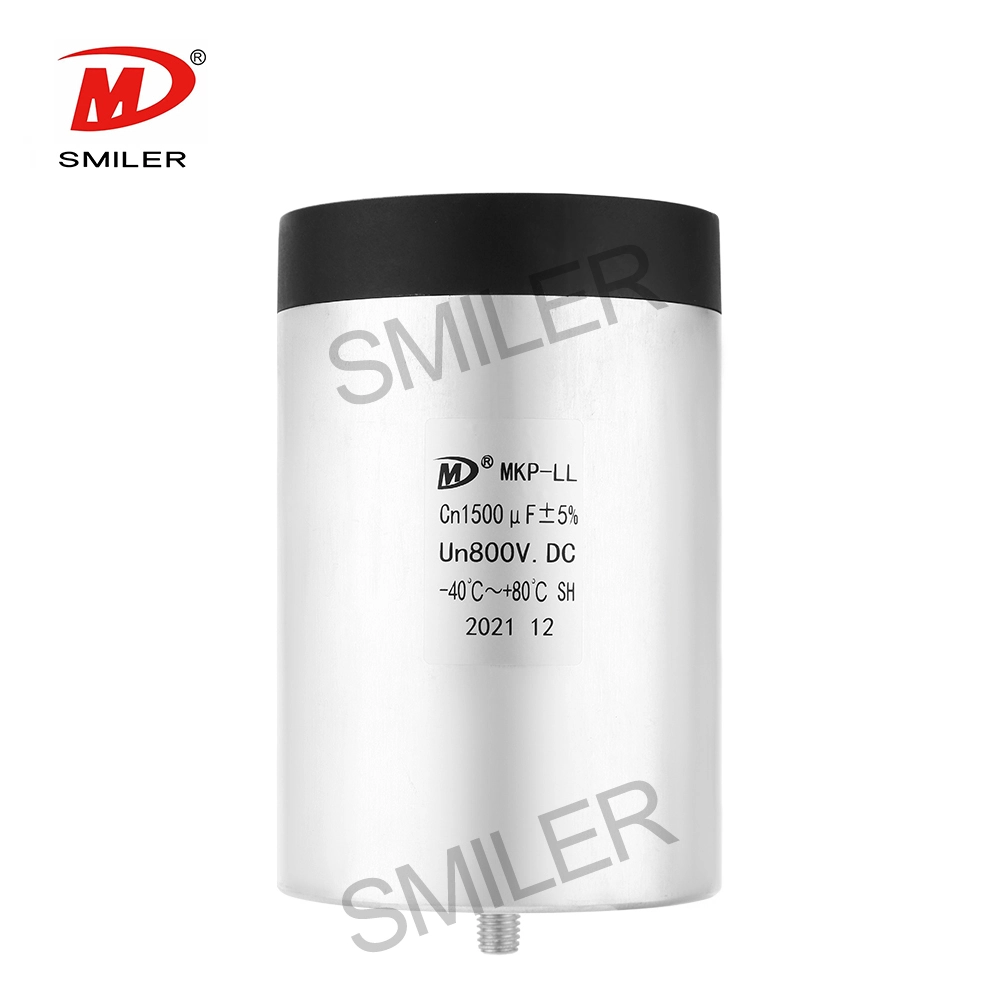
To get this right, you need some key info first. Let's break it down.
The way you turn AC into DC matters a ton. Single-phase rectifiers make choppier DC than three-phase ones, which give smoother, stronger power. Knowing your setup helps you figure out the starting voltage.
What's your load like? A motor that always needs the same power is different from a fan that changes speed. This affects how much energy your DC link needs to hold. Also, how fast your inverter switches power affects the capacitors you pick, since quick switches make more wiggly currents.
Got a single-phase system? Use this:
VDC ≈ VRMS × 1.414
Here, VRMS is the average AC voltage.
For three-phase systems, try this:
VDC ≈ VLL × 1.35
VLL is the line-to-line voltage. These formulas give you a starting point for your DC link voltage.
After you get the base number, add some wiggle room. Usually, folks add 10–20% extra to cover surprises or parts that aren't perfect. You also gotta think about ripple voltage, which is how much the voltage jiggles. Use this to figure it out:
ΔV = I × T / C
Here, I is the load current, T is the switching time, and C is the capacitor size. This helps you pick capacitors to keep the jiggle small.
Fancy tools make this easier. Programs like LTspice, PLECS, or MATLAB/Simulink let you play with your setup on a computer. You can tweak things like switching speed or load size and see how the DC link acts. It's like a video game for engineers, but super helpful.
If the voltage is too low, your switches (IGBTs or MOSFETs) might not turn on or off right. This makes 'em hot and wasteful. Too high, and you could fry 'em or wear 'em out fast from too much stress.
Capacitors hate too much voltage. It can make 'em break or puff up from gas inside. SMILER's film capacitors are awesome here—they handle big currents and fix themselves if they get zapped. Wrong calculations can also mean picking capacitors too small for the job.
Mess up the voltage, and your system wastes energy. This makes extra heat in capacitors and switches, so you need bigger fans or weaker parts to stay cool. That's no fun—it makes your system less efficient and costs more to run.
SMILER makes top-notch film capacitors for tough jobs like solar power, EV chargers, or robot motors. Our fancy automated factories churn out precise, reliable capacitors every time.
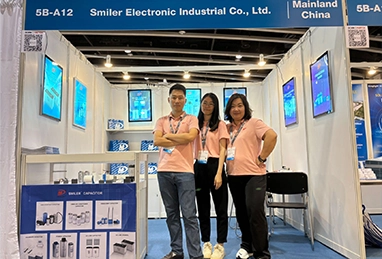
SMILER capacitors can handle tons of wiggly current. That's perfect for inverters with fast switching, keeping things smooth and steady.
These capacitors work great from -40°C to 85°C, and some even hit 105°C. They keep going strong, even in super hot spots.
Low ESR means less energy gets lost as heat. This makes your inverter run better and saves power.
The DC Link MKP-LL is a star for DC link circuits. It uses metallized polypropylene film in an aluminum shell. Capacitance ranges from 24μF to 5600μF, and voltages go from 600Vdc to 4000Vdc. These are big in solar inverters, staying reliable in all kinds of weather.
The DC Link MKP-LM (THB-Type) is another winner. It's great for EV chargers in wet places, handling big voltages and currents with no sweat.
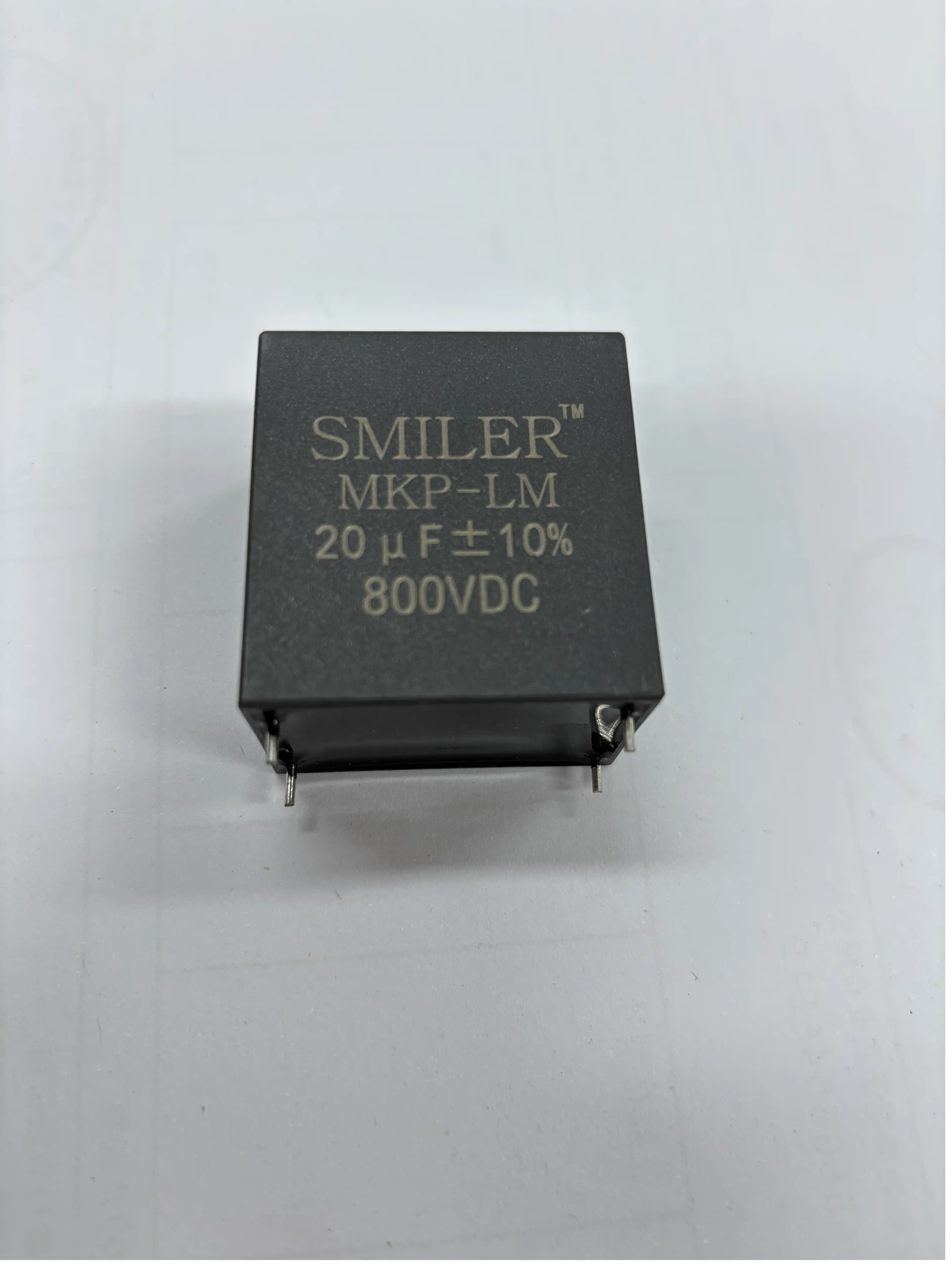
In windy coastal areas, SMILER's self-healing capacitors shine in wind turbines. They fight off salty air and keep working like champs for years.
EV makers love SMILER's small, powerful capacitors. They pack a big punch in tiny spaces, handling wild currents in car motors.
Robots and motion systems use SMILER's low-noise capacitors. These keep things quiet and precise, even when moving super fast.
Q: What's a safe extra bit for DC link voltage?
A: Add 10–20% above your calculated number to cover surprises or part differences.
Q: How does switching speed affect capacitor picks?
A: Fast switches make more wiggly current, so you need capacitors with high current ratings and low ESR to stay cool.
Q: Can I use electrolytic capacitors instead of film ones?
A: Maybe for small jobs, but film capacitors like SMILER's last longer, waste less power, and handle heat better.
Q: Why does my inverter stop during regenerative braking?
A: Braking can spike the voltage too high. You need enough capacitors or resistors to soak up that extra power.
Q: Do three-phase systems need different DC link setups than single-phase?
A: Yup! Three-phase gives smoother power, so you size capacitors differently than for choppy single-phase systems.
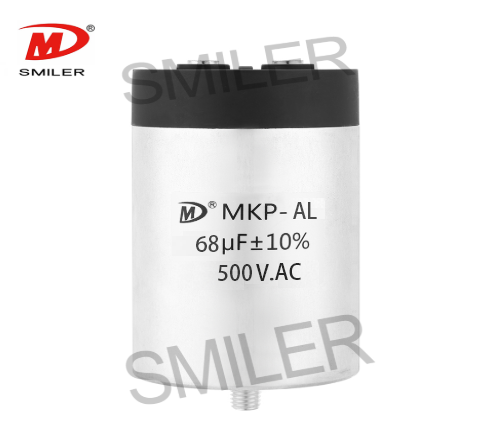
Exploring How AC Capacitors and DC Capacitors Function Differently
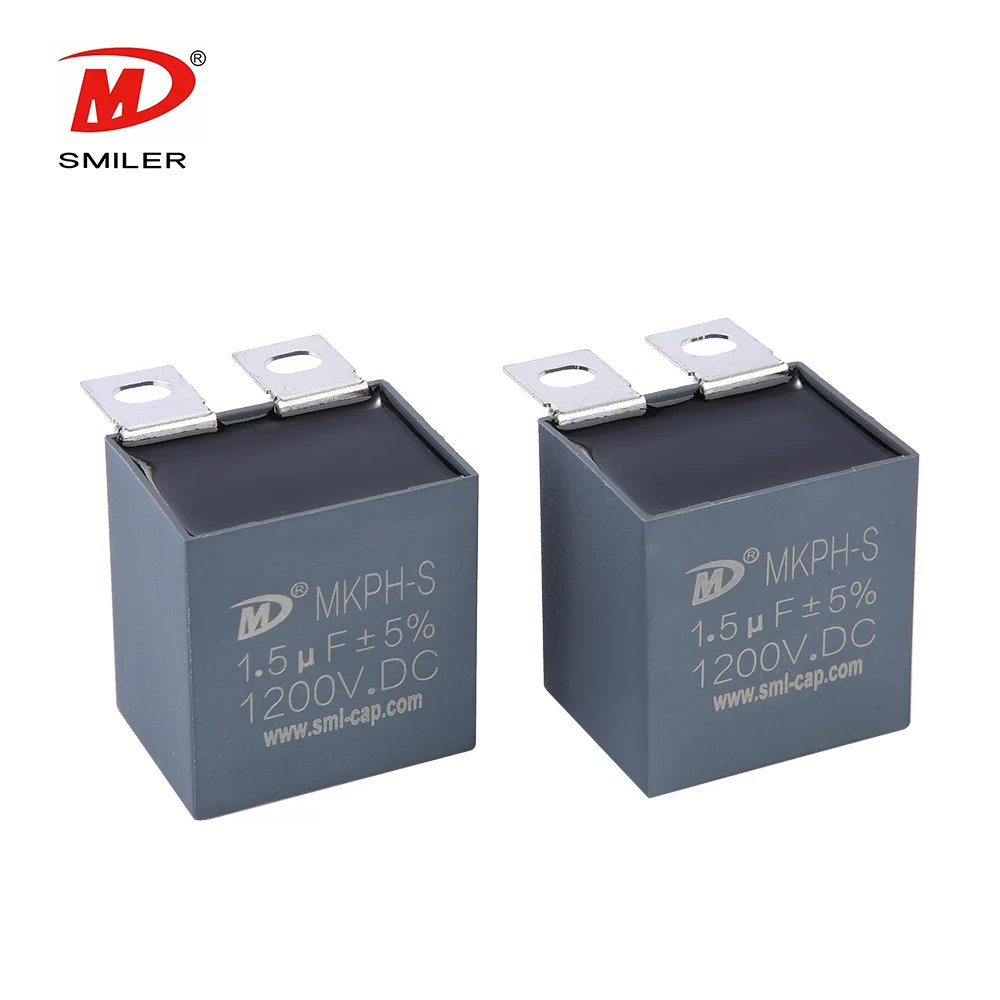
Understanding Snubber Capacitor: RC vs. RCD Snubber Differences
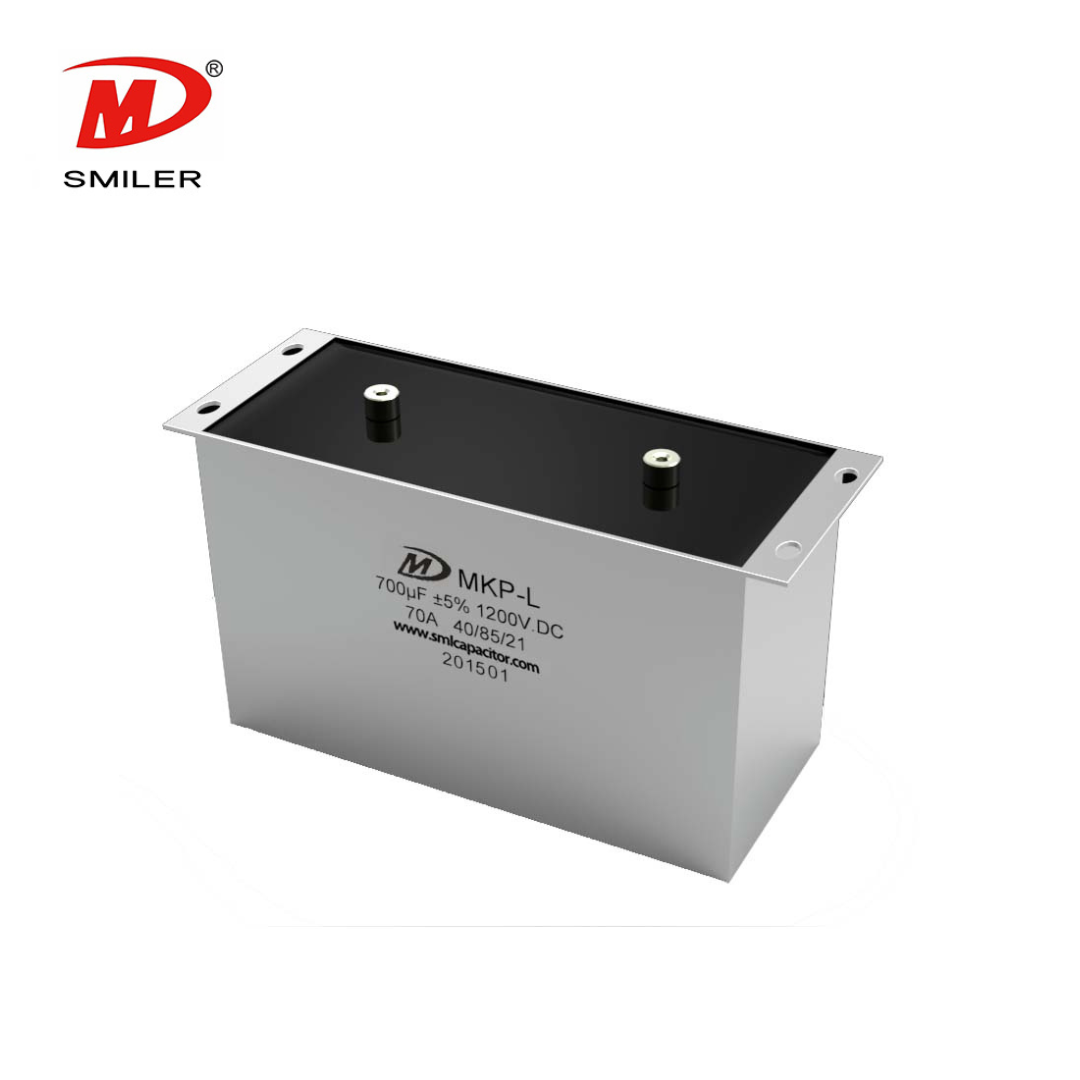
Understanding DC Capacitance to Prevent Converter Oscillations
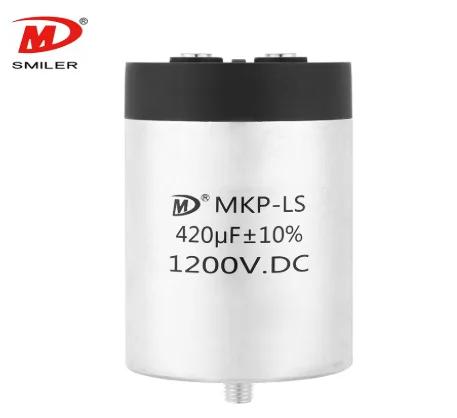
Mastering AC to DC Rectifier with Capacitor Techniques

SMILER's Guide to Selecting the Right Snubber Capacitor Type
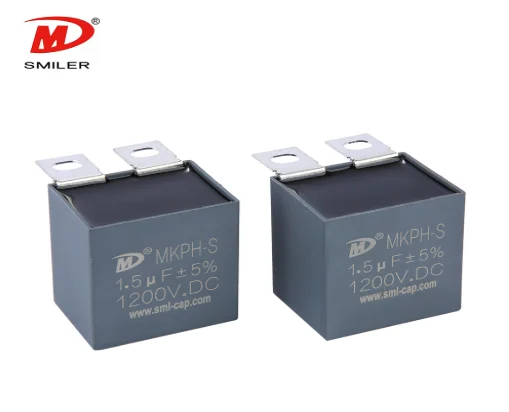
RC vs. RCD Snubber: Key Differences and Applications Explained